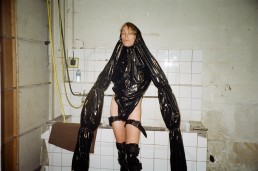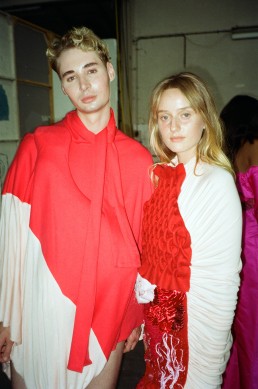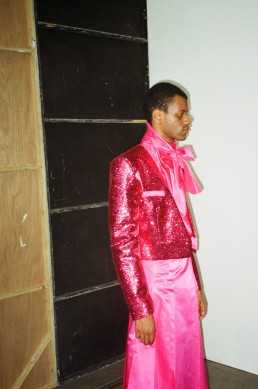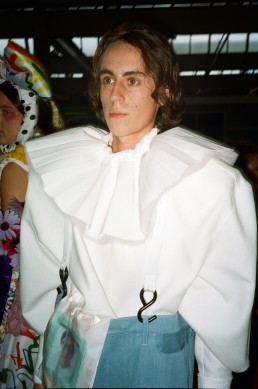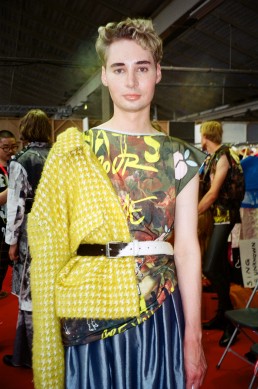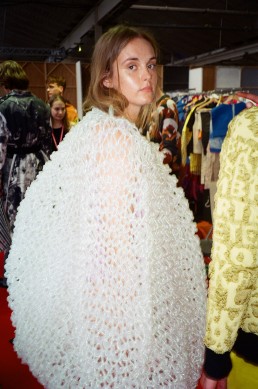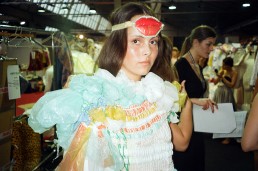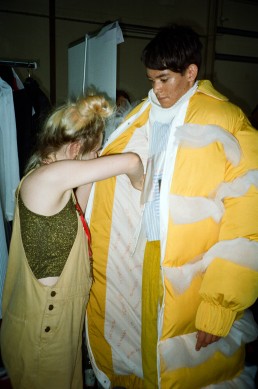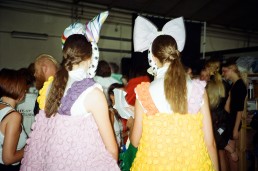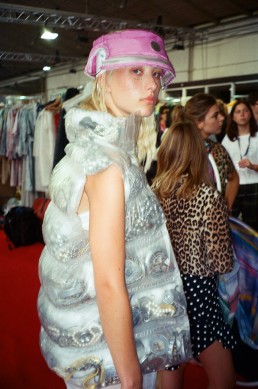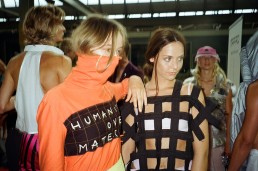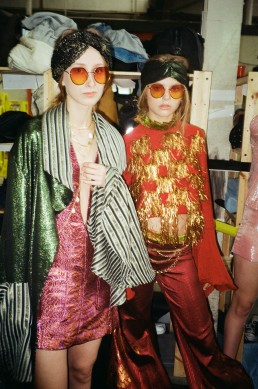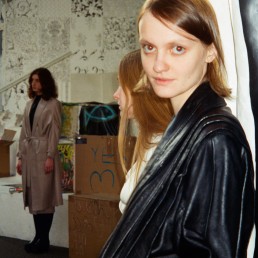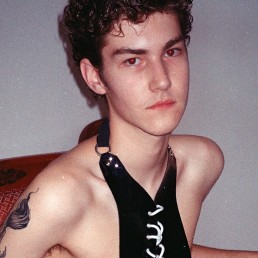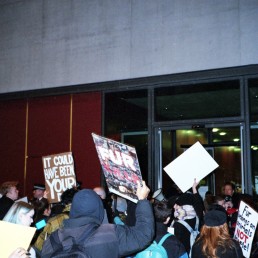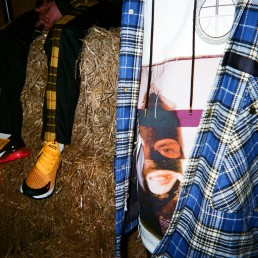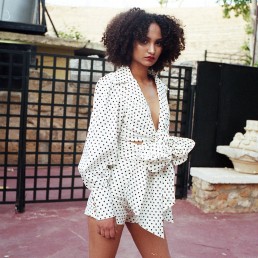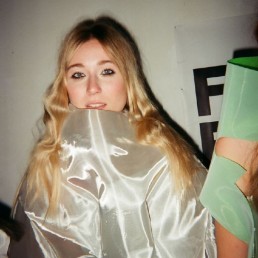We congregate at clubs, skate parks, exhibitions, concerts and even fashion weeks. We have higher awakenings on the dance floor and in the bedroom. These spaces have replaced traditional places of worship, yet we go to them in good faith. Along with 150 talents from The Netherlands, South-Africa, Brazil, Italy, Poland and China, we made a pilgrimage to Maastricht for the 2018 edition of Fashionclash.
Religion is having a fashion statement at the moment. We all got the cues last month at the Met Gala, and like the Met Gala it can be an easy trend to adopt by adding a symbol of faith. Sometimes, its this superficial adorning that can make fashion a joke to the outside world as seen through thousands of memes. In many ways, religion is the taboo subject that we don’t want to discuss, because the discussion has been going on since the beginning of humanity and has left us with nothing but grief. Is religion out of season because it can’t keep up with advancing societies?
Fashionclash raised many questions through installations, performances, lectures, discussions and runway. We kicked things off in an inflatable pink church set in the city centre. Mayor Anne Penn-te Strake gave the benediction dubbing Maastricht the “Bible Belt” for the weekend. Local preacher Joanne Vrijhof gave sermon that touched a nerve. As a woman of faith in the church people question her “how could you support religion that has been homophobic, patriarchal, can you be a feminist and religious?”
I got similar accusations in fashion until recently “how can you work in an industry that is all about consumerism, degrades women, destroys the environment, thrives on greed, can you be feminist and like fashion?”
Was Mary Magdalene a prostitute, a Christian, also a feminist? But if she was also in fashion, would she be seen as a narcissist? With the gift of free will, I believe as a religious feminist not to judge other women. Her body, her choice. Fashion critics can be just as bad religious critics.
What is true, that we seem to always focus on the differences rather than similarities. Like fashion, religion can be both constructing and emancipating. Dress can be both protest and an identity marker. Both fashion and religion are massive industries based around emotion. Like praying, stitching can be meditative.
The opening dance performance BEKHOMORENA by Zahra Hosseini set the tone for the weekend. While not all of the collections focused on the theme of “Fashion is my Religion”, what we did see was young designers sharing their talents and passion through their work, what could easily be dubbed “gifts from God” but we also know that God teaches us to be submissive. We also must be submissive when we create, to be patient and detail orientated to achieve our vision.
